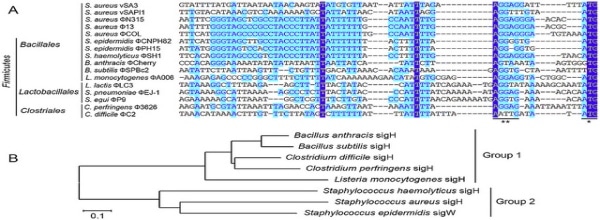The Human Genome Project was successful, but hard work. The major improvements to the technology were the increases in parallelization and automation. In 2003, just as the HGP completion papers were published in Nature and Science, ABI launched the‘3730XL’. It could run 24 96-well plates per day and generate around 2 MB of sequence. Some people thought they could do better.
The first of the next
The first of the so-called ‘next-generation sequencing’ technology was not a DNA sequencer per se but rather an application. Massively Parallel Signature Sequencing (MPSS) was commercialized by Lynx Therapeutics in the 1990’s and used cDNA sequencing to generate gene expression profiles. It was the first RNA-seq protocol and was purchased by Illumina (more about them later).
In 2005, Jonathan Rothberg and colleagues published the 454 System, demonstrating how, in a single run, they could sequence the genome of Mycoplasma genitalium (a small parasitic bacterium; Margulies et al., 2005). Just three years later they published the genome of none other than James Watson (see our article explaining the Roche 454 System). This 454 System made use of a new technique called ‘emulsion PCR’ (Nakano et al., 2003).
The birth of Solexa
At the same time as Jonathan Rothberg was building 454, two scientists from the University of Cambridge were building another next-generation sequencing company. Shankar Balasubramanian and David Klenerman developed the ‘sequencing-by-synthesis’chemistry and started a company called Solexa. After acquiring the bridge-amplification technology they lunched the Solexa ‘1G’ instrument. This was the first time a sequencer was capable of generating 1GB of data in a single run.
Still the most popular
The first reads were only 26 bases long and were difficult to make use of for many applications. However, the technology was so promising that in 2007, Illumina paid $600M for the technology and rebranded the ‘1G’ as the ‘Genome Analyser 1’.The technology was described in a rather overdue paper demonstrating the sequencing of a Human genome (Bentley et al., 2008). Three year later, Illumina launched the ‘HiSeq 2000’, which is today the most widely adopted (whole) genome sequencer (you can read more about the Illumina technology in this article).
George Church and colleagues developed ‘Polony’ sequencing by ligation (Shendure et al., 2005), which was later commercialized by Applied Biosystems as the ‘SOLiD’ instruments. However, this was always behind Illumina in read-length and yield, and used a more complex emulsion PCR sample preparation. In 2010, ABI purchased Ion Torrent- a company founded by Jonathan Rothberg which had developed a sequencing technology very similar to 454, but using the release of H+ protons as the detection chemistry and completing the sequencing on a semiconductor chip (Rothberg et al., 2011).
Fighting the big three
At least one other NGS technology has fought against the ‘Big Three’ (454, Illumina, Life Technology). Complete Genomics developed a novel sequencing system using DNA nanoballs and unchained sequencing by ligation (Lee et al., 2010). Complete Genomics perform all of their sequencing in-house as a service, rather than selling instruments and consumables, and generate genomes at a cost comparable to Illumina.
Nakanoet al., (2003) Single-molecule PCR using water-in-oil emulsion. J Biotech 102:117-124.
Shendureet al., (2005) Accurate multiplex polony sequencing of an evolved bacterial genome. Science 309:1728-1732.
Margulies et al., (2005) Genome sequencing in microfabricated high-density picolitre reactors. Nature 437:376-380.
Bentleyet al., (2008) Accurate whole human genome sequencing using reversible terminator chemistry. Nature 456:53-59.
Rothberget al., (2011) An integrated semiconductor device enabling non-optical genome sequencing. Nature 475:348-352.
Leeet al., (2010) The mutation spectrum revealed by paired genome sequences from a lung cancer patient. Nature 465:473-477.







